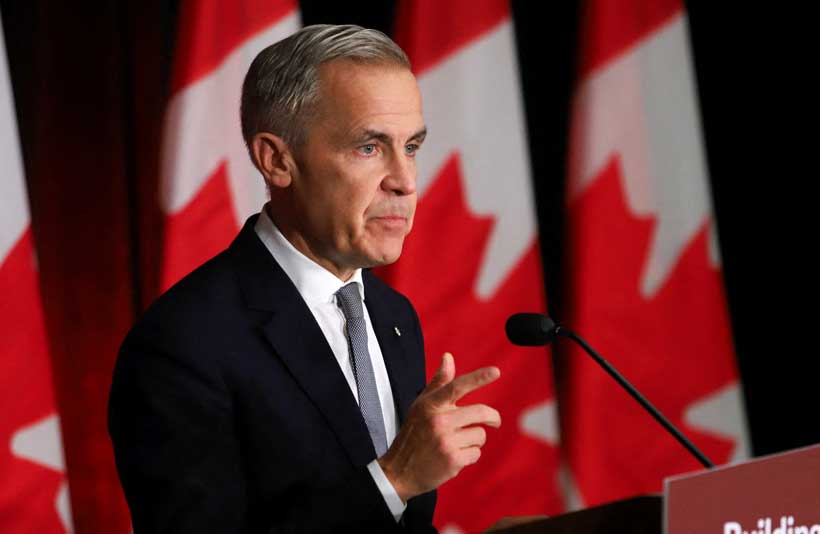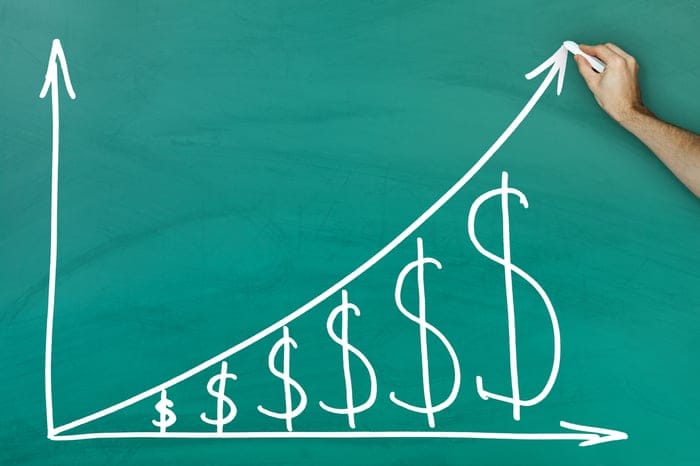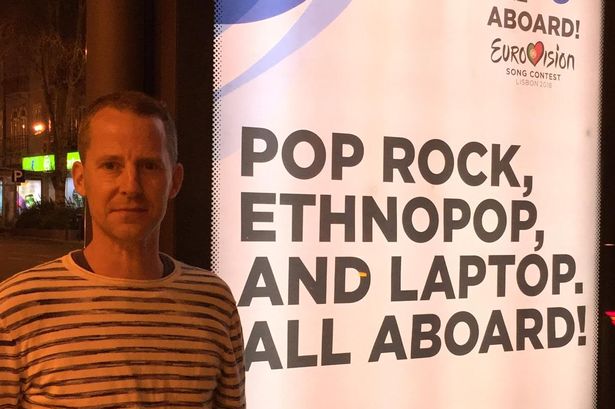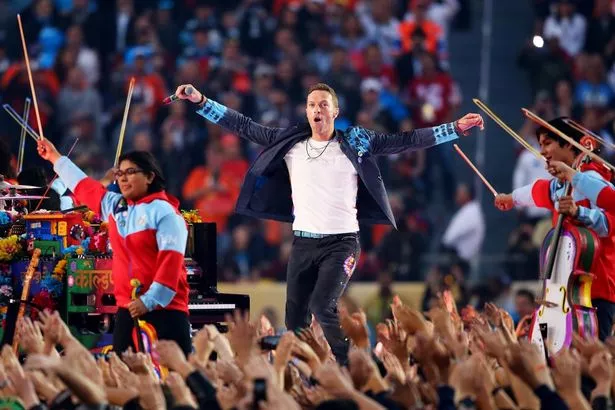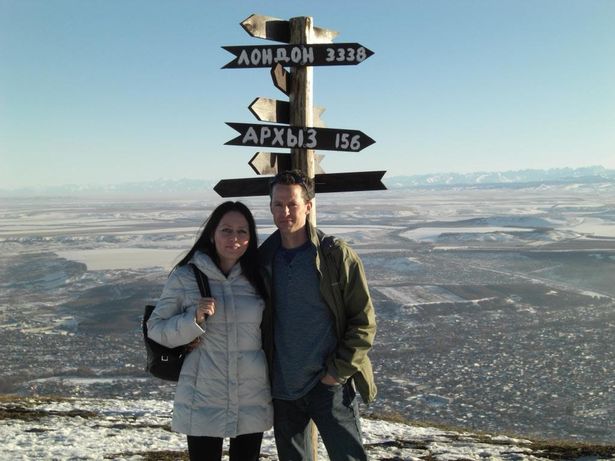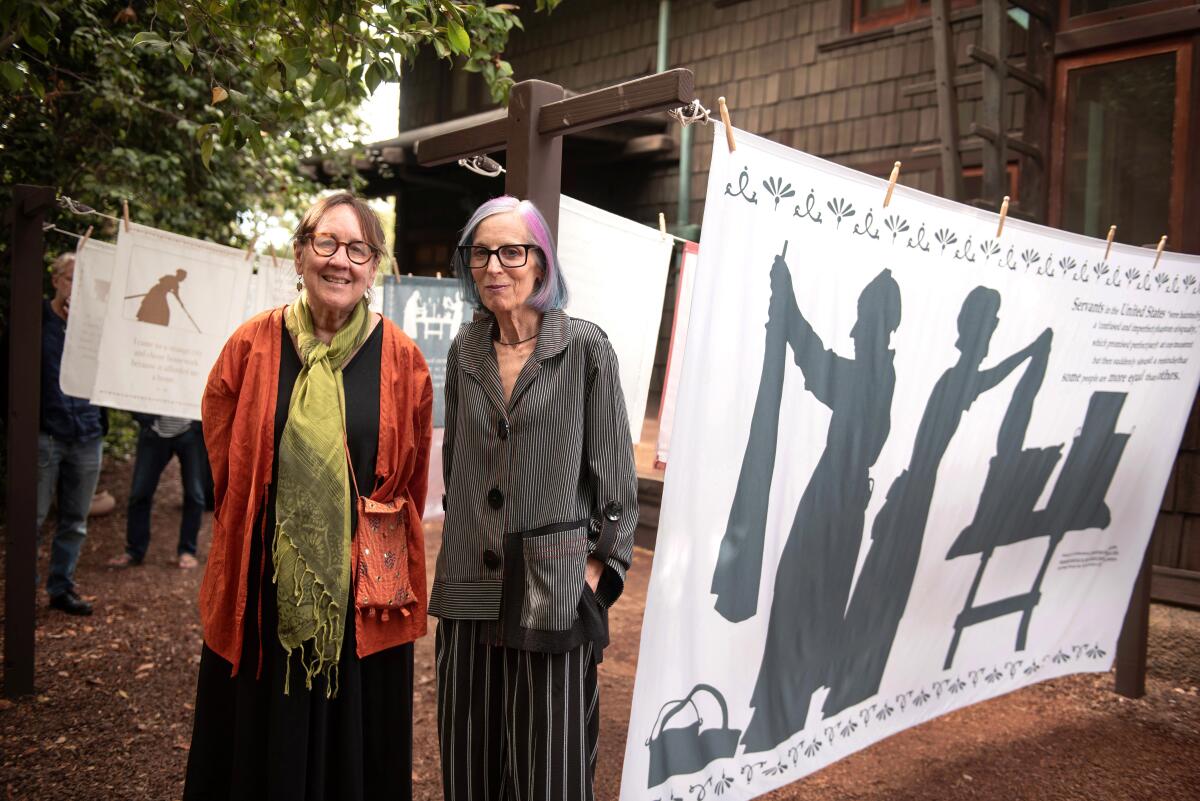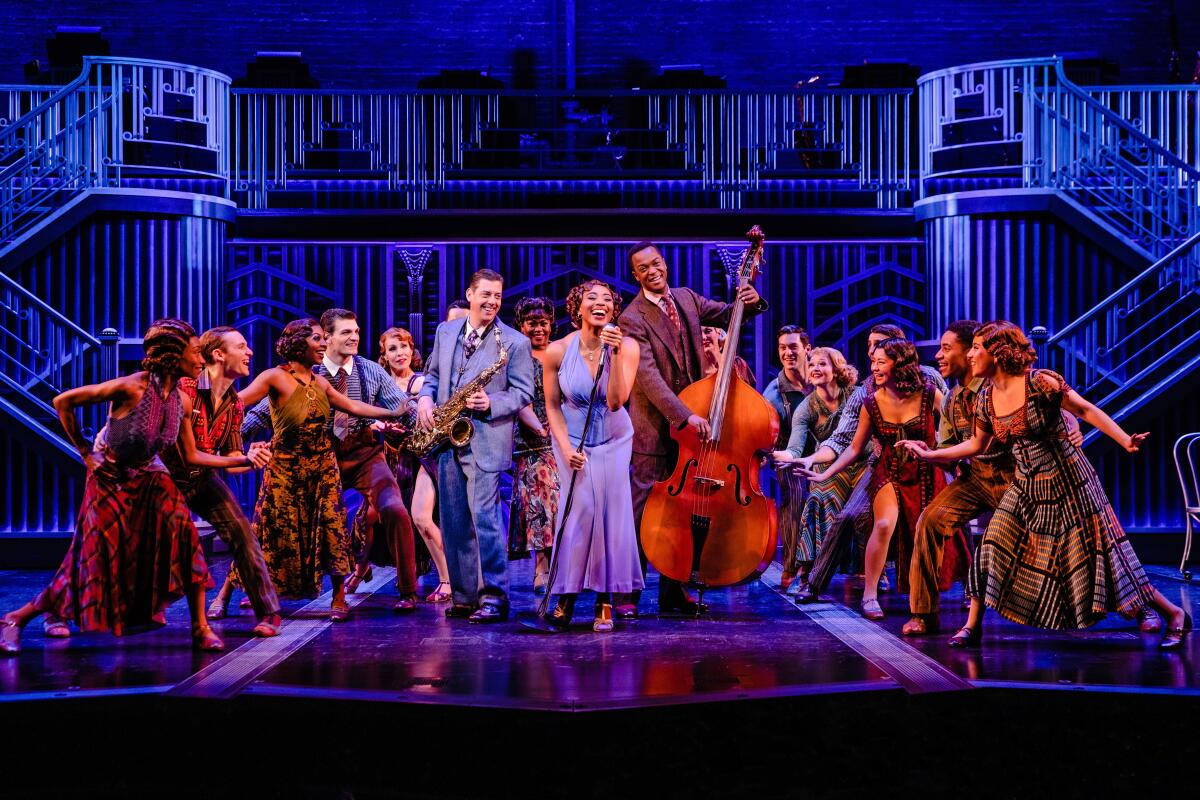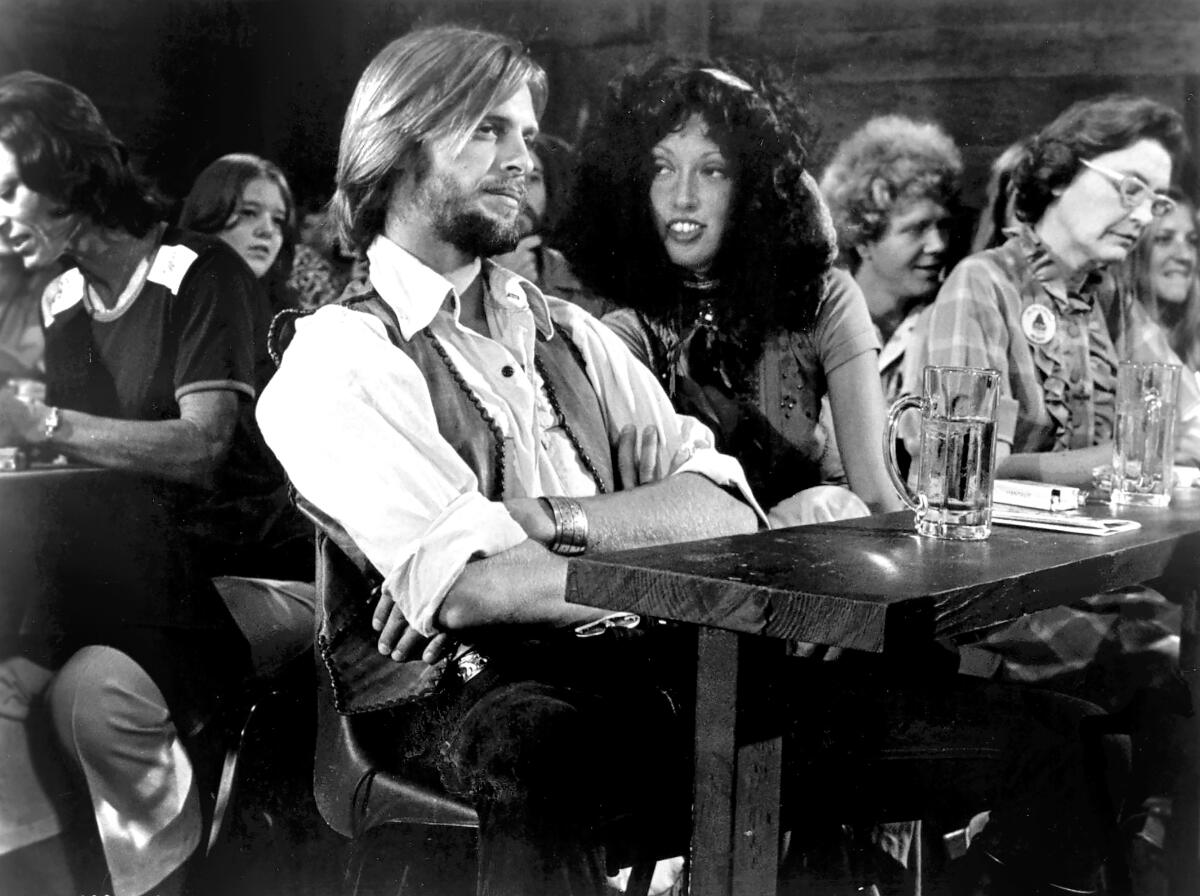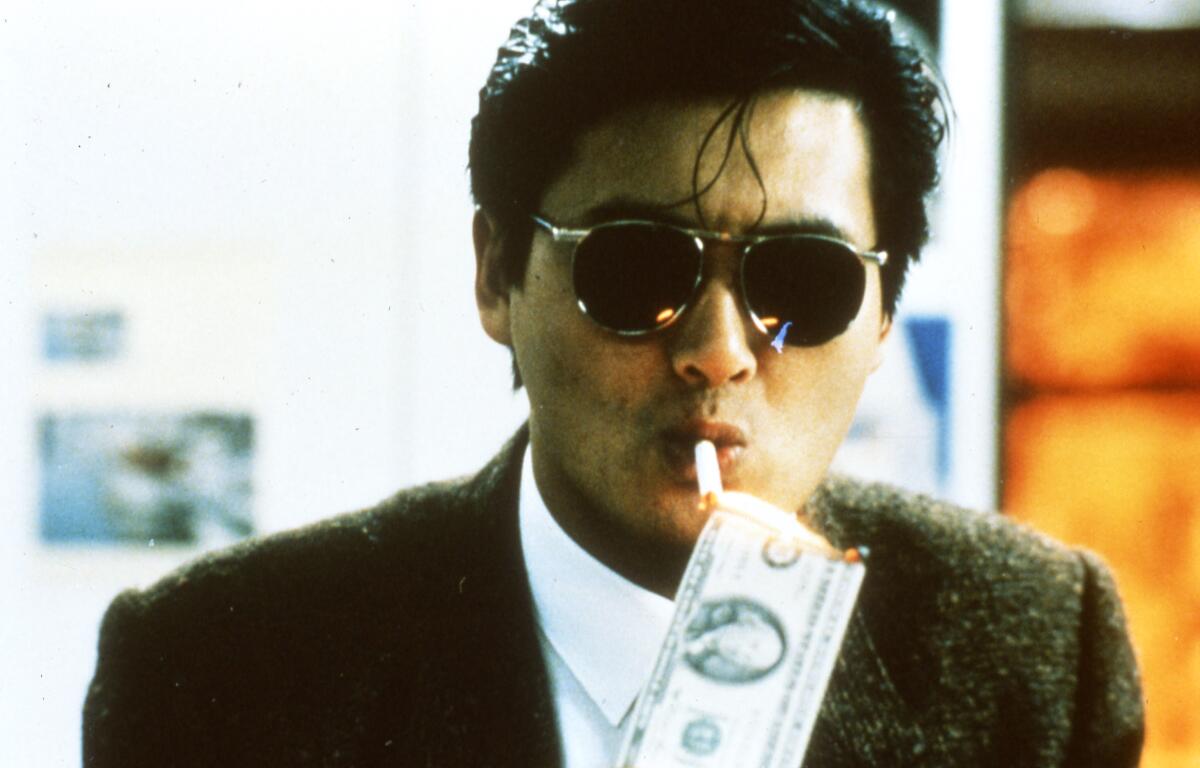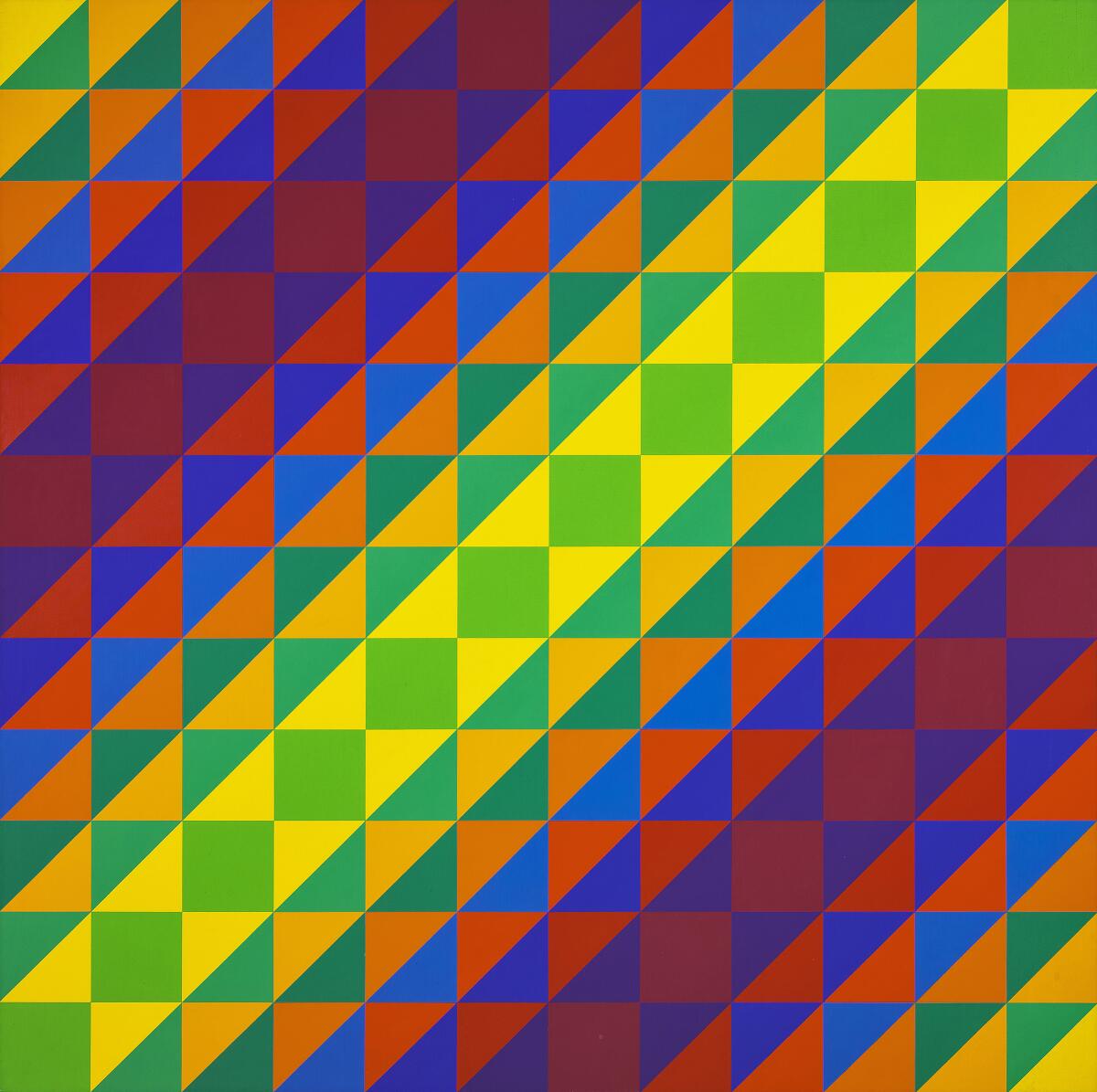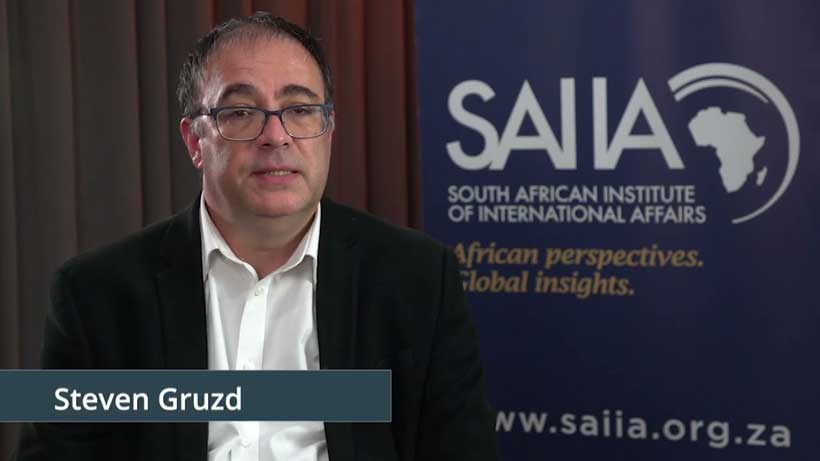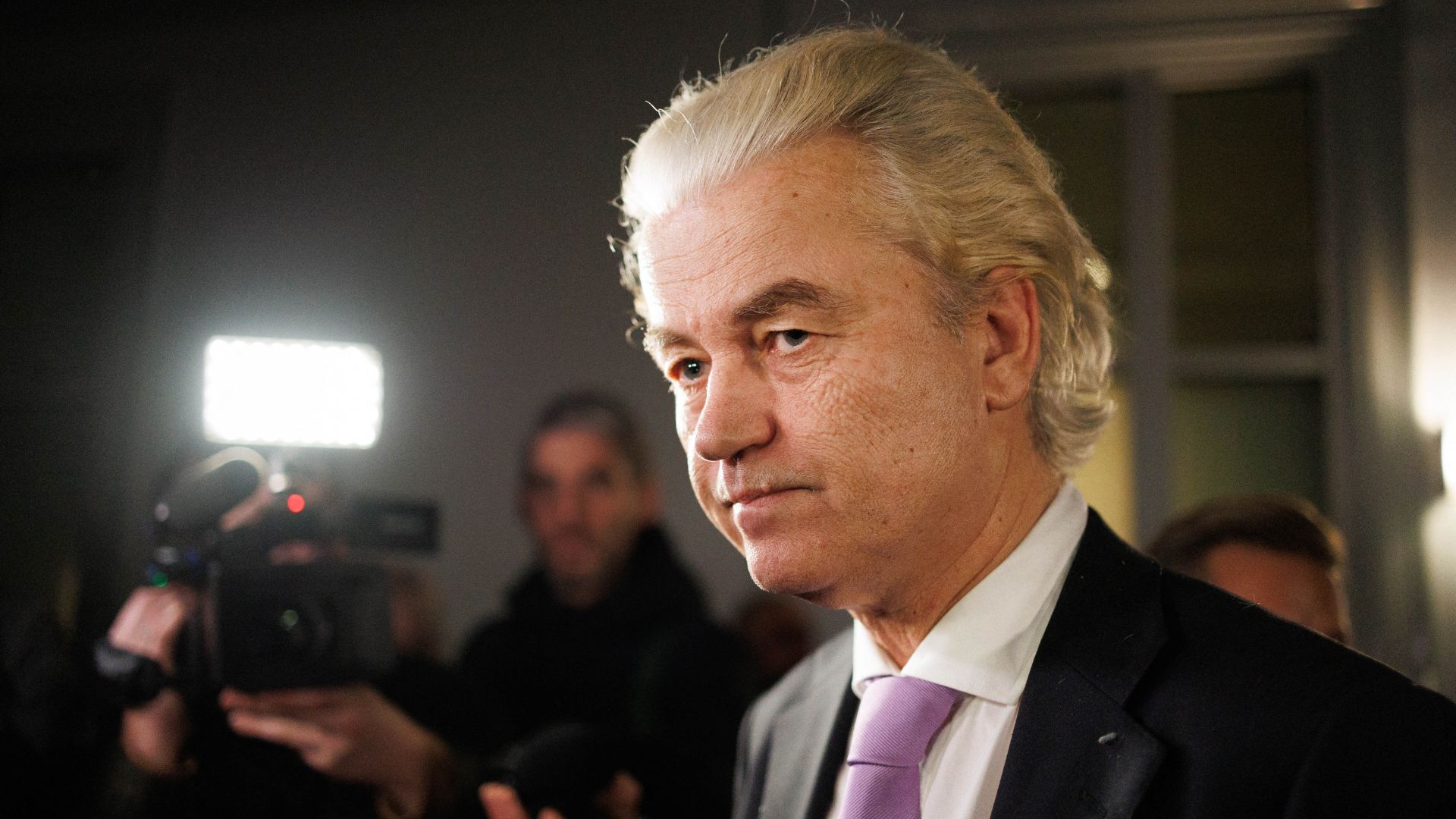Rob Furber, whose new book The Gambler tell his weird, wacky and wonderful betting exploits over the last two decades, discovered he had a talent for special bets after correctly guessing the winner of Strictly Come Dancing – but had no idea what was to come.
Rob Furber was one of millions sitting anxiously on their edge of their sofas on December 17, 2005, to find out who had won the third series of Strictly Come Dancing.
The struggling freelance writer wasn’t particularly a fan of ballroom, weekend TV or the recent surge in reality shows. But tonight he was particularly invested – because of the £20 bet he’d placed.
Weeks earlier, Rob had become convinced that rank outsider, Darren ‘Dazzler’ Gough, would win the show – not because the former cricketer could dance, but because he would appeal to the Strictly audience demographic at the time. And when Bruce Forsyth revealed the results of the final public vote, Rob’s 25-1 punt earned him a £500 win. It comes after a woman claimed ‘I regret marrying an older man, one part of our history has given me the ick’.
READ MORE: Brits told to never put one banned item in garden bins as you could face punishmentREAD MORE: ‘My friend is naming her baby after a fish – she can’t see how ugly it is’
He recalls: “I punched the air with delight. It had been the only bet I’d made in the entire series. It was a lightbulb moment. I realised I could probably make more money betting on reality TV shows than I scratching around for freelance work or doing the odd shift.”
So began a nail-biting, exhilarating and unexpectedly romantic journey through the strange world of ‘special’ betting, which Rob describes in his new book, The Gambler.
He would go on to gamble on everything from Eurovision and royal baby names to even when a panda in Edinburgh Zoo would give birth.
Perhaps his riskiest bet of all, though, wasn’t made in a bookmakers, but a gamble on love that took him all the way to a remote part of Russia, still not entirely sure that the woman he’d met online wasn’t an elaborate scam by a kidnapping gang.
When, months after his Gough win, he correctly bet that Chantelle Houghton would win Celebrity Big Brother, earning him close to £1,500 profit, then successfully plumped for Matt Willis to win I’m a Celebrity, Rob realised he had a special gift.
When Strictly came around again, he once again picked out the winner, another test cricketer, Mark Ramprakash, even before the series had even started.
This time he gambled £250 on odds of 16/1, taking home a tidy £4,000 when Ramps was handed the glitter ball.
READ MORE: Stage school star Sylvia Young’s savage reprimand to young Rita Ora over rule-break
Rob says it was a series of happy coincidences that turned him into a successful full-time gambler.
“I’d grown up near Newmarket, so flat racing was in my blood and I wasn’t averse to having a bet,” he says. “I was in my mid-20s, working in London on business titles, but I wasn’t enjoying it. I found the 9-5 of office life soul crushing, so decided to embark on a freelance life instead. I was a lot happier.”
Being at home also meant he could watch more television. “The early Noughties saw the advent of reality TV. I was watching the competitions and thinking, ‘I can work this out’.
“My media background helped. Just reading between the lines, knowing what the shows are trying to achieve and the power of the edit, as well as the profile of the audience who were voting, I was getting good at predicting who would end up winning.”
Rob began to spend hours researching reality show contestants and how they might be received by particular audiences.
One of Rob’s biggest jackpots was betting on Tara Palmer-Tomkinson to win Celebrity Fame Academy. He says: “Shaun Williamson, who played Barry from Eastenders, was odds on favourite. But while he could let out a song, I didn’t think he could pull heartstrings like Tara. She didn’t have a great voice, but it was really emotive watching her sing Coldplay songs at the piano.
“That’s where the skill likes, knowing what the audience is going to invest in. Those special ingredients. I found that I could identify them and know who was going to make a connection.”
He also predicted well before everyone else Jedward’s success on The X Factor.
“I knew what Simon Cowell was doing. He was being disparaging of Jedward knowing more people would vote for them to spite him. He wanted them to stay on the show.
“But the bookies were slow to catch on and always priced them very short, every week thinking they were able to get booted out.”
From TV, Rob discovered the world of ‘specials’ – novelty bets that bookies offer on everything from the Nobel Peace Prize and politics to Miss Universe and Royal baby names.
One big win was when he correctly predicted the opening and closing songs Coldplay were going to perform in the 2016 Super Bowl half-time show – and this time it wasn’t guesswork
He says: “A fellow special sleuth infiltrated some of the Coldplay online fan sites, and got the setlist from someone on there. We found out they were going to open with Yellow and end with Up&Up. When you get something like this is is absolutely gold-plated information. It ended up netting me around £1,500.”
Eurovision is a huge part of Rob’s year. He says: “It’s the biggest betting event of them all. It starts around Christmas, with the first country qualifiers. It’s five months of relentless study, every day you’ve got to be all over the news and tune in to all the qualifiers.
“One of my best wins was coming across Portugal’s Salvador Sobral, even before he was picked as the country’s entry. I found his song spellbinding. It was getting odds of 110-1 on Betfair at the time, but he went on to win. Another five-figure profit secured.”
But Rob’s biggest bet of all was when he realised that his new career in betting was leaving him a virtual recluse at home, and facing the possibility of never finding a lifelong partner – so decided to join a dating site for Western men interested in Eastern European women.
Some were clearly sophisticated scams, which made Rob’s decision to go and meet one woman, Anya, in a provincial part of Russia, even riskier.
Rob says: “This was something with more jeopardy than anything else I’d bet on so far, with an unpredictability I couldn’t control or outsmart.
“I applied my gambler’s mindset and thought, nothing ventured, nothing gained, let’s go for it. What’s the worst that could happen?”
Like many of his other wacky bets, this one paid off too, turning into a rollercoaster love affair that ended happily ever after.
Now happily married, Rob and Anya’s against-the-odds, long-distance romance ended up being the most enthralling story of his book, The Gambler.
“I’d like to think the book is an irreverent and laugh-out-loud funny look at risk, romance and what happens when you bet on love,” Rob says. “I hope it comes across as an authentic and honest portrayal and challenges the reader to think about what they are prepared to gamble on in life, and what matters most.”
- The Gambler by Rob Furber, published by Mirror Books (£9.99), is on sale now from Amazon and all good bookshops.

